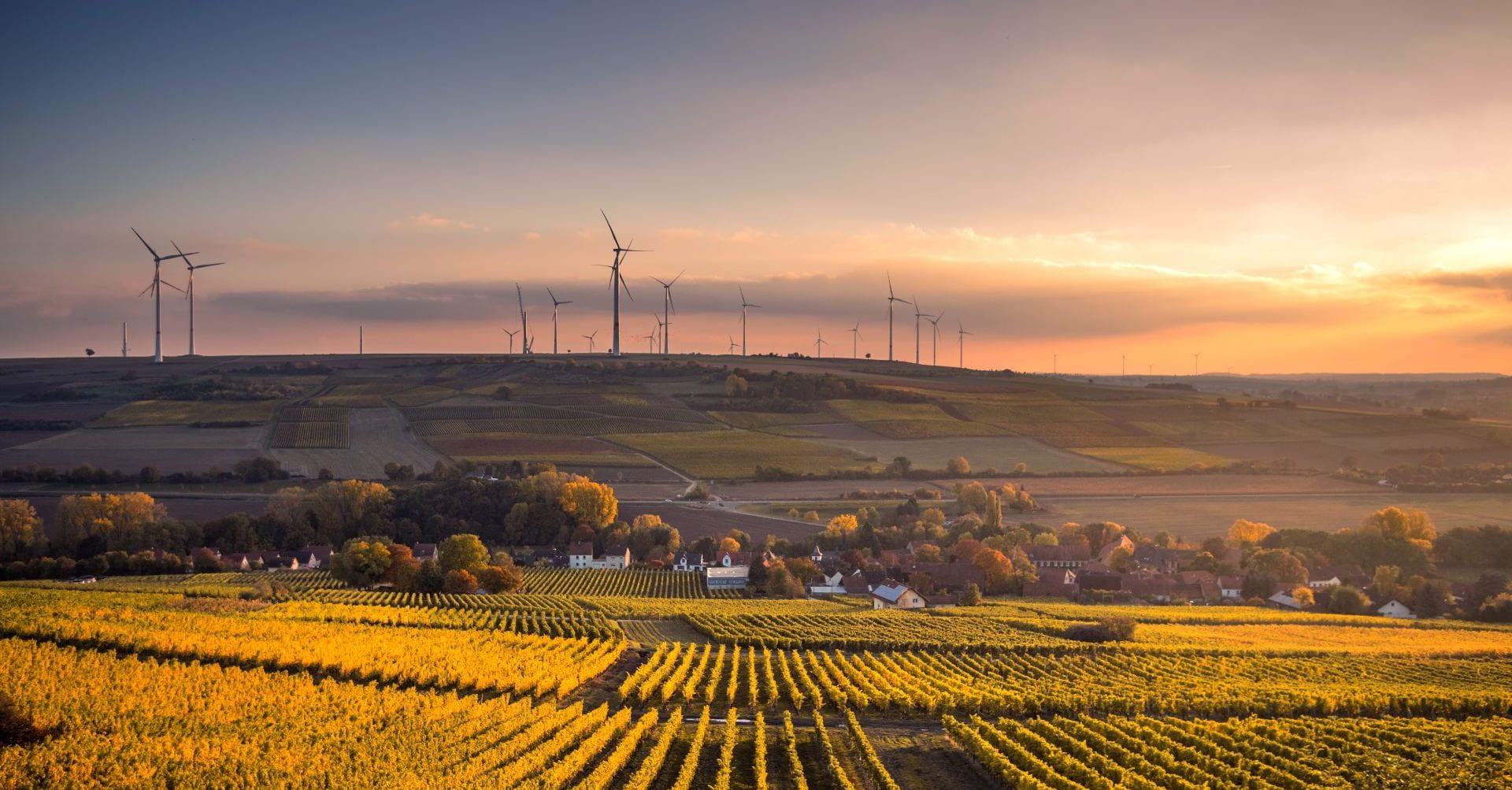COVID-19 has brought the issue of sustainability into sharp focus across the world. Whether it’s the disproportionate impact of strict lockdowns on underserved groups or decrease in pollution levels because of the slowdown in economic activity, the pandemic has spurred a global dialogue on the socio-economic and environmental costs of continuing with ‘business as usual’.
Finance is essential to propel the transition towards sustainability. UNCTAD has estimated an annual funding gap of USD 2.5 trillion in developing countries while OECD has estimated an equal deficit for developed economies. However, public resources are insufficient to fill this gap and various sources of private capital need to be leveraged and channelised for the SDGs.
Social investing, broadly defined, is a form of investing which takes into account the impact of investments on the society and environment. There exists a spectrum along which financial resources can be deployed to achieve social impact. On one end of the spectrum lies philanthropy, which hopes to achieve social good without an expectation of financial return. On the other end lie for-profit corporations that try to limit the negative effects of their activities on the society and environment. This spectrum, termed as the ‘continuum of capital’ by AVPN, represents an inherent tradeoff between social and financial returns, and the lines between the different forms of investing are becoming increasingly blurred.
Philanthropy
Philanthropy is a formalised and systematic process of doing good. Philanthropy in the social investing context usually involves the giving of grants by foundations (also known as trusts) to social purpose organisations (can be for-profit or non-profit) without expectations of financial return. Philanthropic capital may come from the wealth generated by families or business corporations.
Given that philanthropic resources are minuscule compared to government funding for development, philanthropists are increasingly seeking to maximise the per dollar impact of their investments by augmenting government efforts through systems change initiatives. These include capacity building of public institutions, strengthening public service delivery, and policy advocacy.
Impact investing
Impact investing usually involves investing in social enterprises with the expectation of some financial return. Social enterprises are for-profit businesses that primarily serve a social purpose. For example, a microfinance company which provides small loans to micro-entrepreneurs lacking access to traditional bank loans, or a dairy cooperative that procures, processes, and markets milk from smallholder women farmers. The customers and intended beneficiaries of an SE can be the same (first example) or separate (second example).
Impact investing lies in the middle of the continuum of capital, where there is a tradeoff between social and financial return. Social enterprises may choose to become more profitable at the expense of social impact or vice versa. The impact investment ecosystem is similar to that of regular startups and involves investors (e.g., angel investors, venture capital firms, and banks) and intermediaries (e.g., incubators and accelerators).
Socially responsible investing
Socially responsible investing usually involves investing in established companies (through shares and bonds) that follow responsible environmental, social, and corporate governance (ESG) practices. Such investing is also referred to as ESG investing. Environmental criteria for a company include pollution, energy use, waste; social criteria may include the treatment of workers, relationships with suppliers and stakeholders; and governance criteria refer to issues such as transparency in accounting and declaring conflicts of interest.
The primary aim of ESG investing is to seek financial returns. Unlike philanthropy which lies on the opposite end of the continuum of capital, ESG investing aims to minimise the negative impact on the society and environment, instead of actively seeking positive impact.
However, given that more than 90% of the economy will still exist after five years, it is important as investors to also engage with brown companies. These comprise the majority of the economy and promoting improvement in their operations can maximise investor impact.
Other mechanisms
The forms of social investment described above are well-established and popular. However, many innovations are coming up in this space.
Green Bonds are a special category of social investment that are getting increasingly popular. They are similar to government or corporate bonds which deliver fixed financial returns. Green bonds typically invest in long-term environment-friendly projects in areas such as green infrastructure, clean energy, and sustainable agriculture. Social Impact Bonds (SIB) and Development Impact Bonds (DIB) are other variants of traditional bonds that mobilise resources from governments and aid agencies, respectively, for results-based financial returns.
Obligatory religious charity such as zakat in Islam and tithe in Christianity can be channelised for funding development initiatives. Peer-to-peer lending is another innovative mechanism for funding social enterprises.
Future of social investing
Public funding for development is expected to decrease sharply post-COVID-19. Governments across the world are seeing their resources being stretched to cope with the pandemic and finance economic recovery measures. While COVID-19 is a setback for the development sector, it is also a clarion call for private investors to engage closely with global efforts towards the SDGs.
Yet, there are signs of hope. ESG stocks outperformed markets during COVID-19. There is increasing demand for businesses to be more responsible towards their stakeholders, including customers, employees, suppliers, communities they operate in, and investors. The growing awareness and interest in sustainability is catalysing innovations in the sustainable investing space, making available an increasing number of avenues of investing for even retail investors like you and me. With the mainstreaming of social investing, the possibilities are endless.

Quite an incisive insight into this area of mobilisation of finance in developing countries,